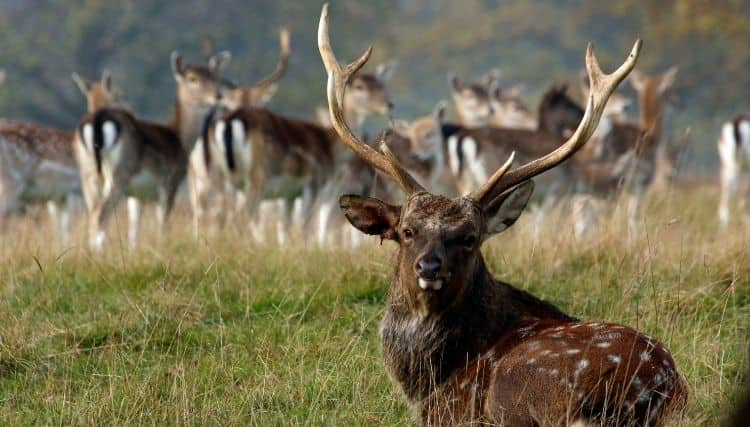
It can be tough to get the information you need about animals. If you’ve ever wanted to know all there is to know about sika deer, then this guide is for you.
What is Sika Deer?
Sika deer, also known as spotted deer or Japanese deer, is a species of deer native to East Asia. They are medium-sized deer, with males (stags) typically weighing between 90-150 pounds and females (hinds) weighing between 70-110 pounds. Sika deer have a distinctive spotted coat that is brown in the summer and greyish-brown in the winter.
Sika deer are primarily found in Japan, but they have also been introduced to other parts of the world, including the United Kingdom, New Zealand, and the United States. In some areas, sika deer are considered an invasive species, as they can damage crops and natural habitats. However, they are also valued for their meat and as game animals.
What İs The Sika Deer Habitat?
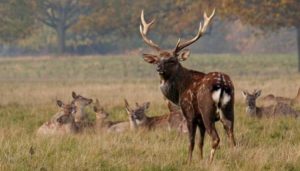
Sika deer are native to East Asia and can be found in a variety of habitats, including forests, grasslands, and mountains. They prefer areas with dense vegetation for cover and feed, such as deciduous and coniferous forests, as well as areas with access to water, such as rivers and streams.
Sika deer are adaptable and can thrive in a range of environments, from lowland areas to mountainous regions. In Japan, they are commonly found in the temperate broadleaf and mixed forests, while in other parts of their range, they may also inhabit subalpine and alpine regions.
Outside of their native range, sika deer have been introduced to other countries, including the United Kingdom, where they are commonly found in woodland habitats, and New Zealand, where they are often found in agricultural areas. However, in some areas, they may cause damage to crops and natural habitats, and efforts are made to control their populations.
What is The Physical Description Of Sika Deer?
Sika deer are medium-sized deer with a distinctive appearance. They typically have a brown coat with white spots, although the color and pattern can vary depending on the subspecies and the time of year.
Males (stags) are larger than females (hinds) and have antlers, which are typically forked and can grow up to 28 inches long. The antlers are shed and regrown each year. Stags also have a darker coat than hinds and a more muscular neck.
Adult sika deer typically weigh between 70-150 pounds, with males being larger than females. They have a compact body shape, with short legs and a short tail. The fur is thick and dense, which helps to insulate them in cold weather.
Sika deer have a keen sense of smell and excellent hearing, which they use to detect predators and other potential threats. They are also strong swimmers and can move quickly and agilely through dense vegetation.
Sika Deer Reproduction -Breeding
Sika deer typically breed in the fall, during a period known as the rut. During this time, males will compete for the attention of females by engaging in displays of strength and aggression, such as roaring and antler wrestling.
Once a male has established dominance over a group of females, he will mate with them over several weeks. Female sika deer have a gestation period of around 7 months, and will typically give birth to a single fawn, although twins are not uncommon.
Fawns are born with a spotted coat, which helps to camouflage them from predators. They can stand and walk within a few hours of being born and will stay close to their mother for the first few months of their life.
Female sika deer will typically reach sexual maturity at around 1.5 years of age, while males may not reach maturity until they are 2-3 years old. Sika deer can live up to 20 years in the wild, although their lifespan is often shorter due to predation, hunting, and other factors.
What Does Sika Deer Eat?
Sika deer are herbivores and primarily feed on a variety of plants, including grasses, leaves, shoots, and bark. Their diet can vary depending on the season and availability of food in their habitat.
In the spring and summer, sika deer tend to feed on young leaves and shoots, as well as grasses and other herbaceous plants. During the fall and winter, they may also eat bark and twigs from trees and shrubs when other food sources are scarce.
Sika deer are also known to be browsers, meaning they feed on a variety of plants at different heights, from ground-level vegetation to higher branches of trees and shrubs.
In areas where sika deer are considered an invasive species, they may cause damage to crops and other vegetation, as they tend to overgraze and browse a variety of plant species. However, in their native habitat, they play an important role in shaping plant communities and maintaining ecological balance.
Sika Deer Conservation Status
The conservation status of sika deer varies depending on the subspecies and the region where they are found. In general, sika deer populations are considered stable or increasing in many parts of their native range, particularly in Japan and Korea.
However, some subspecies and populations of sika deer are considered threatened or endangered. For example, the Formosan sika deer, which is found only on the island of Taiwan, is classified as endangered by the IUCN Red List of Threatened Species. Habitat loss, hunting, and competition with introduced species are among the factors that have contributed to the decline of this subspecies.
Other subspecies, such as the Japanese sika deer, have been introduced to other parts of the world, where they may have negative impacts on native ecosystems and wildlife. In some areas, efforts are being made to control the populations of introduced sika deer to mitigate these impacts.
Overall, the conservation status of sika deer highlights the importance of protecting their natural habitats and sustainably managing their populations, to ensure their survival for future generations.
Sika Deer Communication And Perception
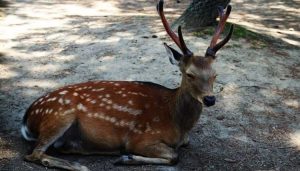
Sika deer use a variety of visual, vocal, and olfactory cues to communicate with one another and perceive their environment.
Vocal communication is an important means of communication for sika deer. During the rut, males will emit a series of calls, such as grunts, roars, and barks, to signal their presence and establish dominance. Females may also make vocalizations to communicate with their young or signal danger to other members of their group.
Sika deer also use their sense of smell to communicate and perceive their environment. They have a highly developed sense of smell and can use it to detect predators, find food, and communicate with other deer through scent marking.
Visual communication is also important for sika deer. They use a variety of body language cues, such as ear position, tail posture, and head movement, to communicate with other deer and perceive their environment. For example, a deer with its tail held high may be indicating alertness or alarm, while a deer with its ears flattened back may be indicating aggression.
Overall, sika deer have a complex and sophisticated communication system that allows them to perceive and interact with their environment and other members of their species.
What is Sika Deer Role İn The Ecosystem?
Sika deer play an important role in shaping the ecosystems they inhabit. As herbivores, they help to control the growth of vegetation by grazing and browsing a variety of plant species. This can help to maintain the health and diversity of plant communities and prevent the overgrowth of certain species.
Sika deer are also an important food source for many predators, including wolves, bears, and large cats. Their presence in an ecosystem can help to support the populations of these carnivores and maintain a healthy balance between predator and prey.
In addition, sika deer are an important cultural and economic resource in many parts of the world. They are valued for their meat, antlers, and hides, and are an important source of income and subsistence for many local communities.
However, in some areas where sika deer have been introduced, they may have negative impacts on native ecosystems and wildlife. They can compete with native species for resources, damage crops, and other vegetation, and alter the structure and composition of plant communities. In these cases, efforts may be made to control the populations of introduced sika deer to mitigate these impacts and protect native ecosystems.
How Many Sika Deer Are Left İn The World?
The population of sika deer has been declining since the 1930s due to hunting, habitat loss, and diseases like bovine tuberculosis. There are only about 3.000.000-3.500.000 left in the world today.
How Fast a Sika Deer Run?
Sika deer are known for their speed and agility and can run at impressive speeds when they need to. The exact speed of a sika deer will depend on factors such as their age, sex, and physical condition, as well as the terrain and environmental conditions.
In general, sika deer can run at speeds of up to 50-55 km/h (31-34 mph) for short bursts, particularly when they are trying to evade predators or establish dominance during the rut. However, they are not built for sustained running over long distances, and will usually rely on their agility and camouflage to avoid predators and navigate through their environment.
Referans: Overabundance of sika deer and immunocontraception
How much does a sika deer hunt cost?
The average cost for a sika deer hunt is $3,000-$5,000 per hunter.
How many sika deer can you hunt in Maryland?
sika deer are hunted for a variety of purposes across the state, with each type of season having a different limit. No more than three sika deer can be harvested in any one season and only one of those deer can have an antlered head.
Does sika deer taste good?
The taste of the sika deer meat has been described as “delicious” by some people and “tough” by others. Some people say that it has a gamey flavor, but most agree that it tastes like venison with a strong, savory flavor.
When can you hunt sika deer in Maryland?
Hunting Sika deer is permitted in Maryland during the hunting season which is from September 24th to March 31st.
Where are sika deer found in Maryland?
Sika deer are found in Maryland, but they are not commonly seen. They live in the forests and woodlands of the state and can be found in the following counties: Anne Arundel, Baltimore, Carroll, Harford, Howard, Montgomery, and Prince George’s.
How many sika deer are in Maryland?
The number of sika deer in Maryland varies depending on the season and geography but as a general rule, there are around 15,000-20,000 sika deer in the state.
Are Sika Deers Aggressive?
Sika deer are not aggressive animals. They will only attack if they feel threatened or if they feel like their young have been threatened or killed.
Where Do Sika Deer Sleep?
Sika deer sleep in a bed of leaves and branches that are arranged in a circle. They also make use of a den, which can be made by digging under the snow
What Plants Do Sika Deer Avoid?
The Sika Deer avoid plants with thorns, which is why they do not eat bamboo. The plants that they do not eat include:
Bamboo
White pine trees
Oak trees
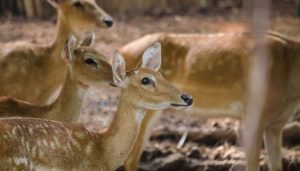
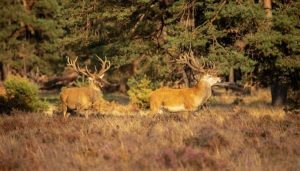

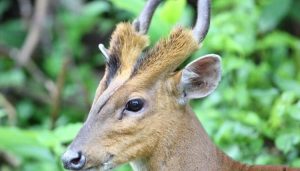
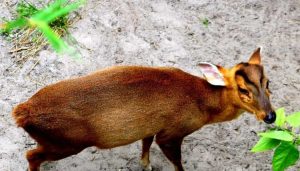
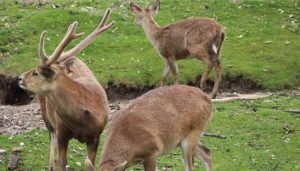
Leave a Reply